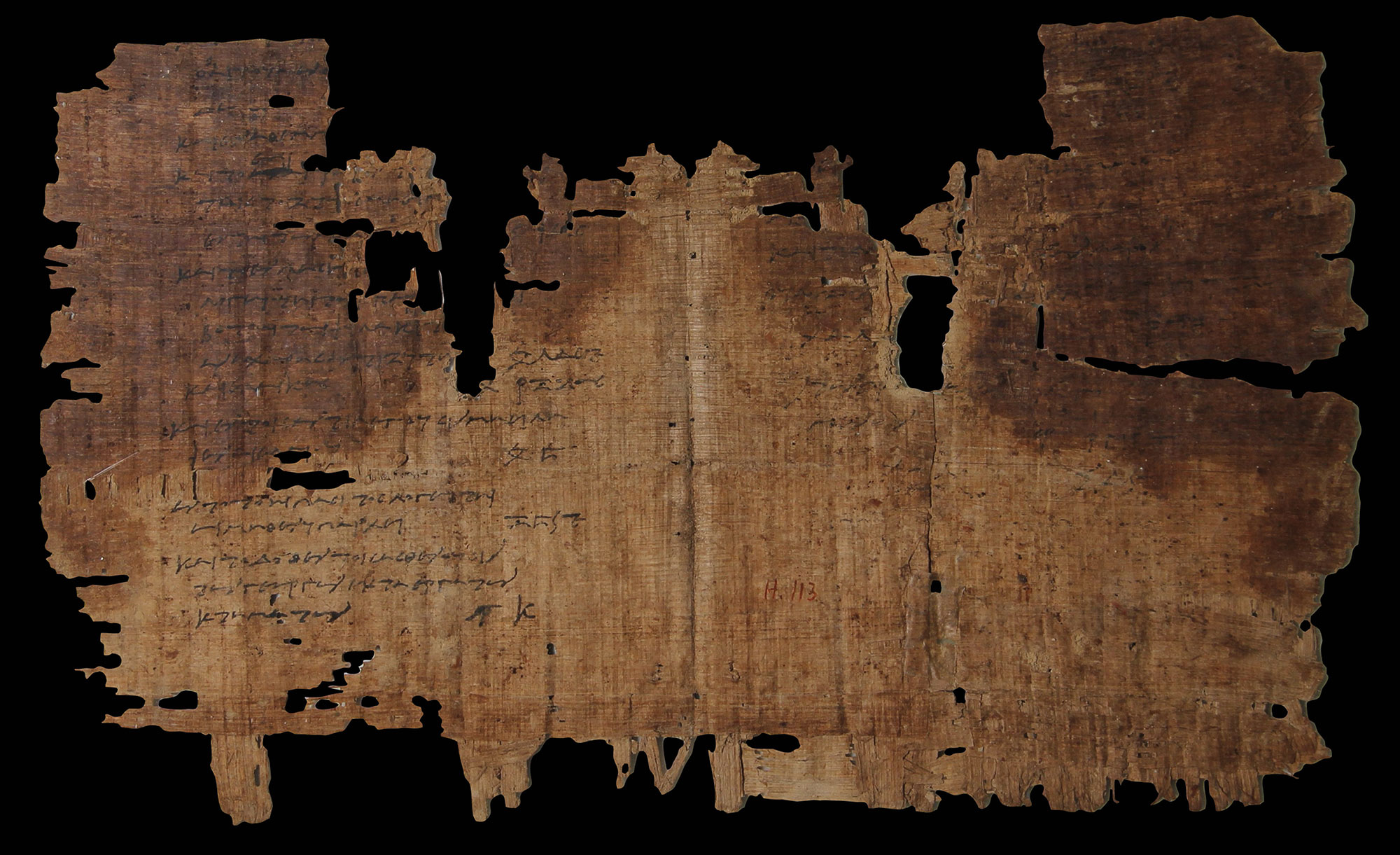
Near a royal tomb complex dating to the Western Han Dynasty (206 B.C.–A.D. 9), archaeologists discovered the remains of more than 400 sacrificed animals—including the first complete skeletons of a giant panda and a tapir to have ever been found in a tomb in China. In all, the excavation has unearthed remains of 41 different rare species, such as a yak, tiger, tortoise, green peacock, red-crowned crane, and snub-nosed monkey, some of which were buried with their own grave goods. “The scale of the animal sacrifice is unprecedented in Chinese history,” says archaeologist Hu Songmei of the Shaanxi Academy of Archaeology. The animals were buried with their heads facing the royal tombs, which included those of Emperor Wen (reigned 180–157 B.C.) and his mother, Consort Bo, who died in 155 B.C. The species represented in the sacrifice, some of which may have been sent as tribute from Southeast Asia, were status symbols and were intended to accompany the emperor and his mother to the afterlife.














